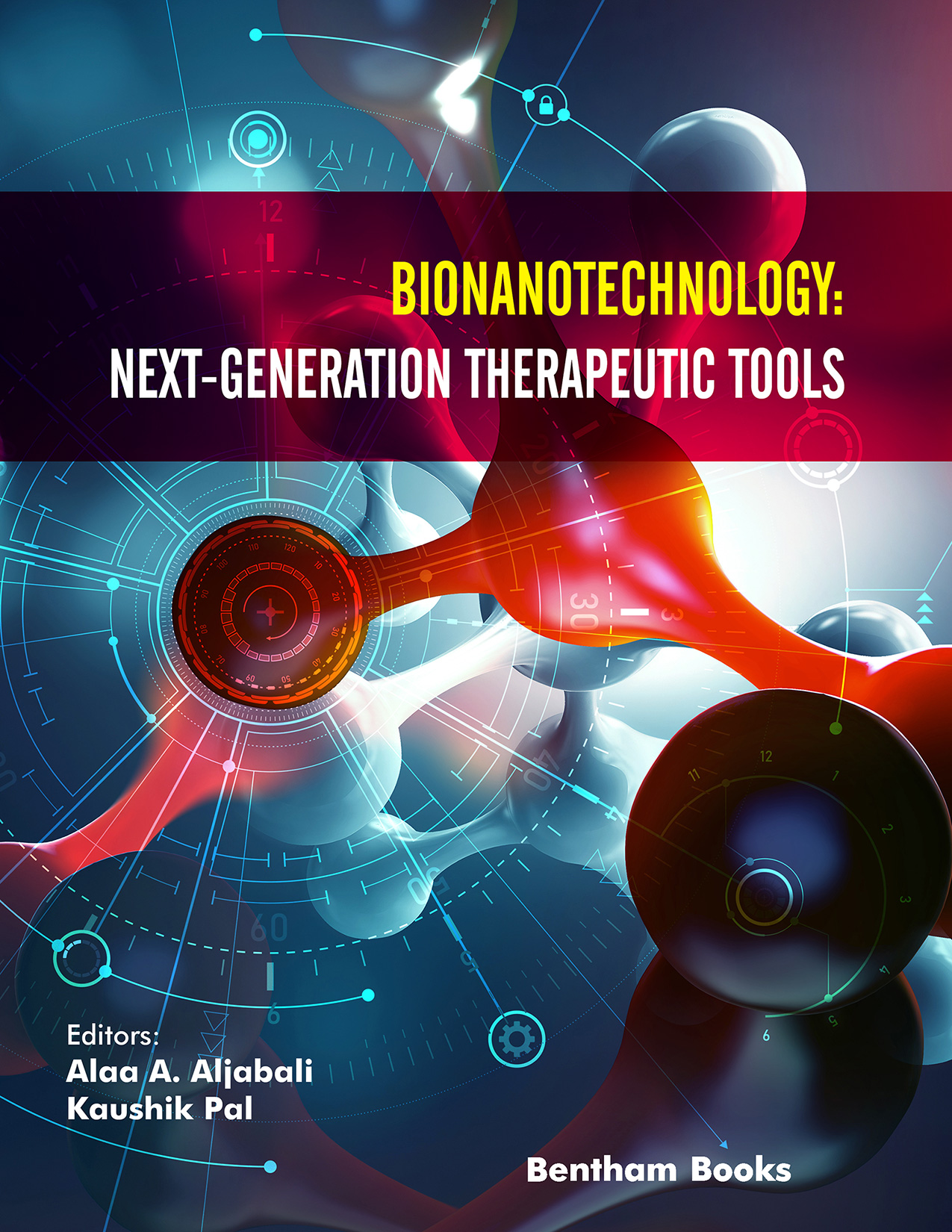Preface
This book describes the design and characterization of bionanomaterials, which exhibit distinctive physical, chemical, and biological properties, and discusses how these functional nanomaterials enable the precise manipulation of the architectural, physical, and biochemical cellular environment in vitro and in vivo. Besides, it covers how they can act as carriers of diagnostic or therapeutic agents, thus providing new pathways or strategies for disease diagnosis and treatment. Specific chapters discuss protein delivery, drug delivery, tissue regeneration, bioimaging, bio-detection, molecular imaging, nucleic acid therapeutics, and DNA-based nanomaterials.
Furthermore, the book focuses on a unique subset of nanomaterials originating from biological entities and explores their potential as nanomedicine tools for selective drug delivery and molecular imaging. Bionanomaterials hold great potential as naturally occurring nanomaterials with enhanced properties, such as biodegradable, biocompatible, safety, and amenability for chemical and genetic manipulation to impart new surface functionalities for the selective targeting. Subsequently, such nanomaterials will enhance the therapeutics payload delivered selectively to the diseased cells. Besides, nanomaterials should have a higher signal-to-noise ratio, making them ideal as molecular imaging tools. Bionanomaterials can be produced in larger quantities at low cost, and most importantly, they are highly monodisperse, making them ideal candidates as tools in nanomedicine. Their composition in terms of chemical and structural point of view is unmatched to their synthetic counterparts, and as they comprise natural amino acids or natural monomers, they are safe and hold no side effects for the development as tools in nanomedicine and drug delivery.
The book series will be an international collaboration to present a comprehensive overview of bionanomaterials from natural sources and explore their benefits, advantages, and disadvantages compared to their synthetic counterparts. It will mainly help in practical academic research innovations in the areas of bionanomaterials. Furthermore, this book will explore the clinical demand for a subset material comprised of natural sources for advanced applications. The book is directed toward researchers, academics, and higher education students working on bionanomaterials in medical, pharmaceutical, environmental applications.
Alaa A. A. Aljabali
Department of Pharmaceutics and Pharmaceutical Technology
Yarmouk University, Faculty of Pharmacy
Irbid
Jordan
&
Kaushik Pal
Department of Physics
University Centre for Research and Development (UCRD)
Mohali, Gharuan, Punjab 140413
India

